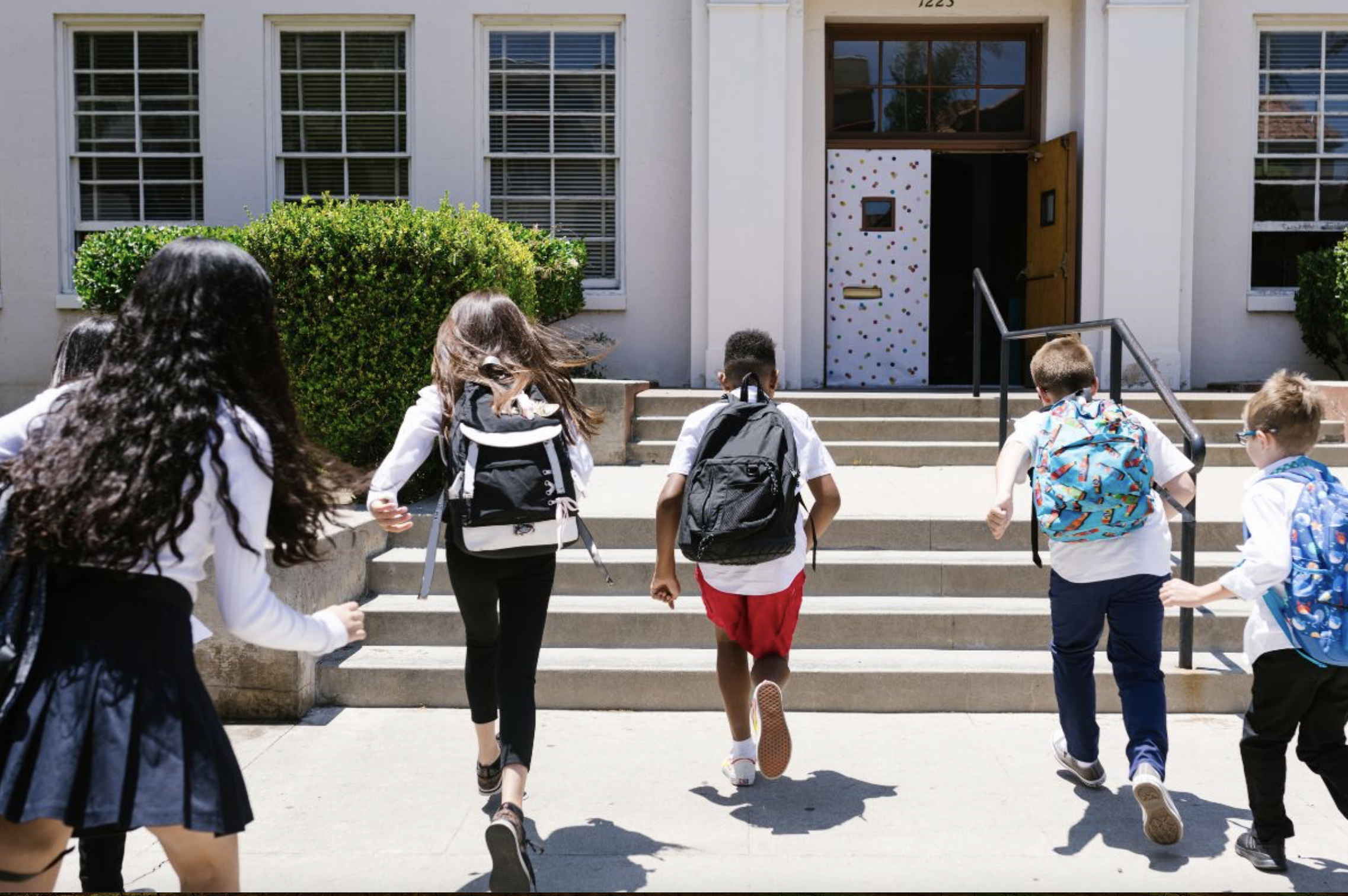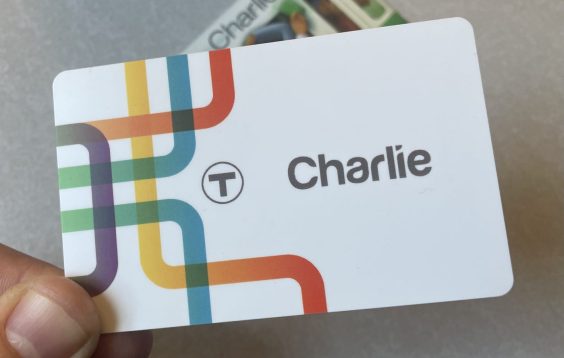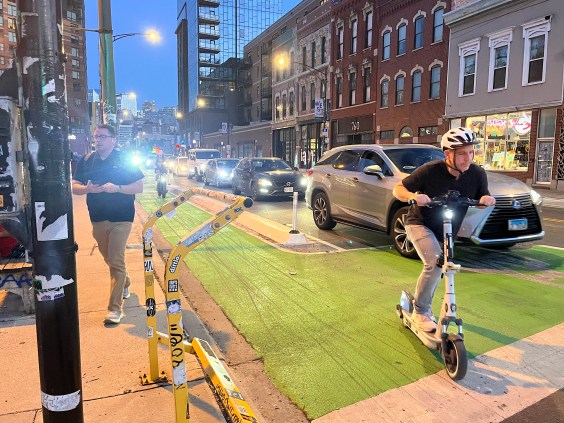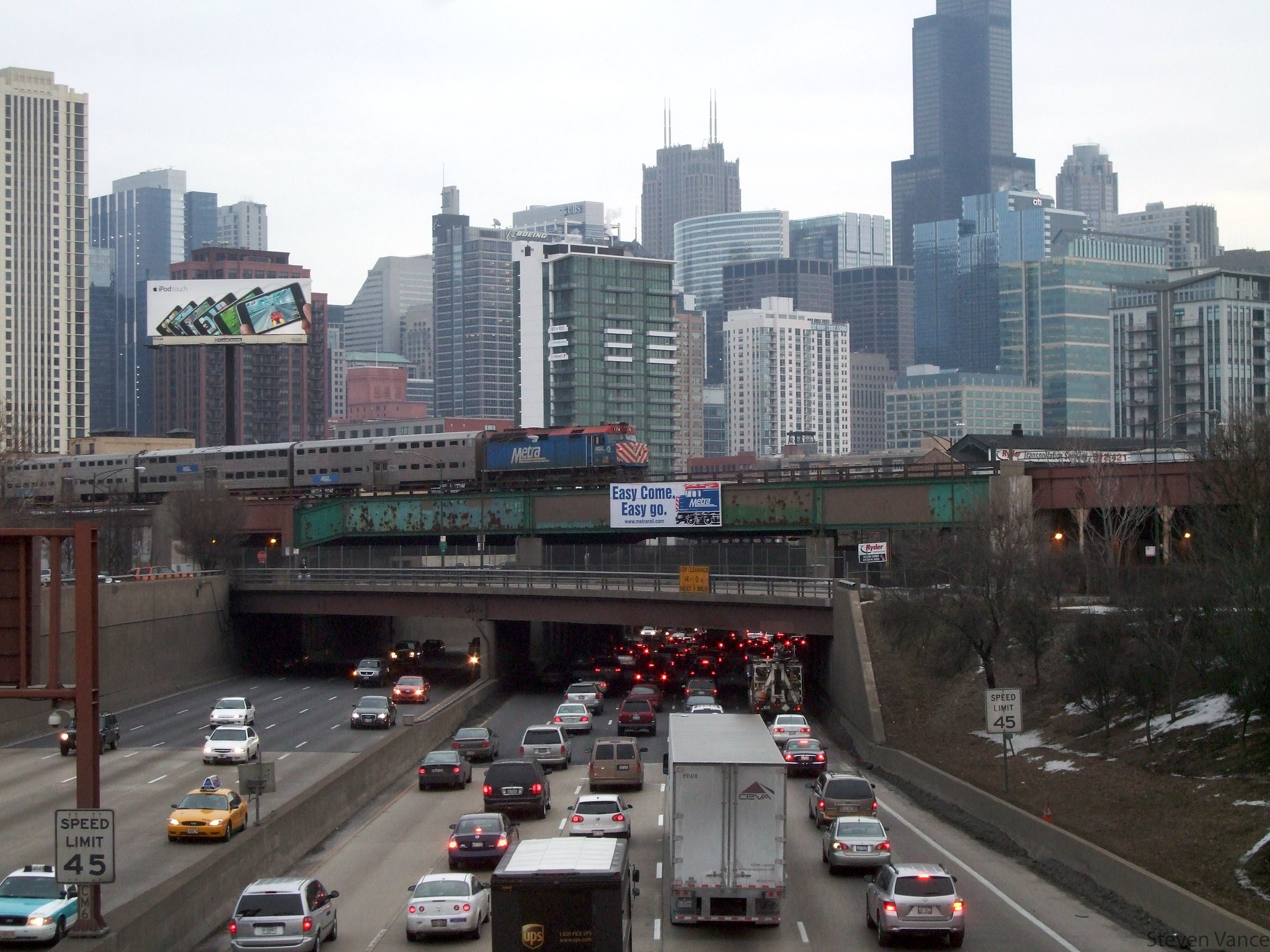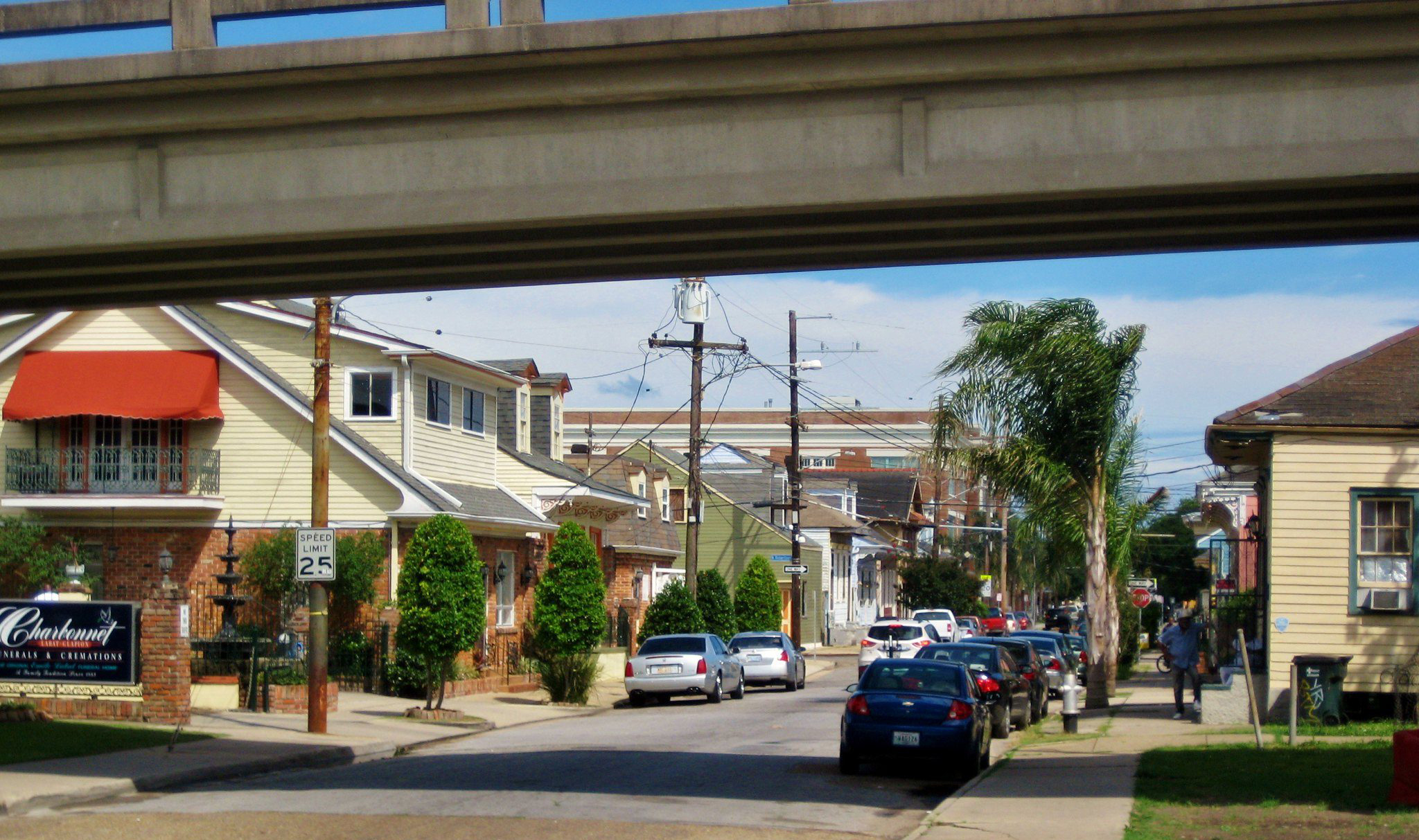Transit officials lined up today to make clear that holding transit spending at current levels -- as the Senate’s transportation authorization bill does -- will put transit systems at risk of falling further into dangerous disrepair.
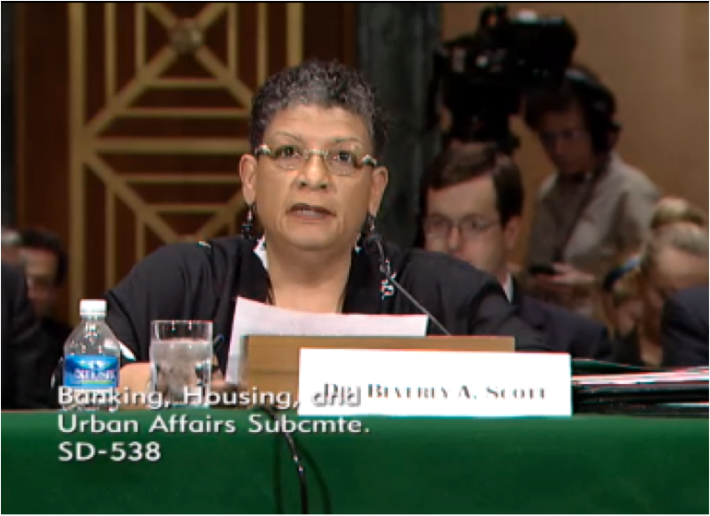
The backlog for transit maintenance and replacement stands “conservatively” at $86 billion, according to the Federal Transit Administration. That backlog is expected to keep growing at a rate of $2.5 billion each year without a significant infusion of funds.
To put it another way, the country needs to spend $2.5 billion more per year -- from federal, state and local sources -- just to keep the state of the nation's transit systems from getting even worse.
Sen. Bob Menendez (D-NJ) was determined to expose the shortcomings of the bill Sen. Barbara Boxer (D-CA) recently shepherded through the Environment and Public Works Committee. While the bill's transit title hasn’t been written yet, EPW has been clear about its intentions to keep spending at current levels plus inflation. That means no help toward the $2.5 billion boost needed to keep things from getting worse.
Menendez chaired a hearing today of the Banking Committee -- the very committee tasked with writing the transit title within the framework established by EPW -- to demonstrate the problem with the bill’s funding levels.
“By a simple yes or no,” Menendez asked the transit officials before him, “does anyone on the panel believe that current funding levels are enough to help you achieve a state of good repair?”
“They are insufficient,” answered Joseph Casey, general manager of Philadelphia’s SEPTA.
“Woefully insufficient,” added Beverly Scott, head of Boston’s MBTA and a nationally respected transportation visionary.
“No sir,” said Gary Thomas of Dallas Area Rapid Transit.
“And if federal funding remains flat, does anyone believe that additional state and local funding alone could cover the cost of starting to dig down the backlog?” Menendez then asked.
The answer to that was also a resounding no, although the officials made it clear that recent state action -- notably the Pennsylvania transportation bill and Massachusetts Gov. Deval Patrick’s reforms -- got them partway there.
"We appreciate and we respect at the local level that we need to step up and do our part as well," Scott said. "But we are definitely in great need of continued support by the federal government."
Menendez put the question to the FTA’s Dorval Carter, too: “If federal funding remains flat in the coming years, do you believe we can make any progress toward eliminating the $86 billion backlog?”
“No sir, I do not,” Carter responded.
Indeed, flat funding does not mean a flat backlog. It means an accumulating backlog.
Carter said the biggest challenge is the nation’s rail systems, which account for about 63 percent of the state of good repair backlog.
“These deficiencies have a direct impact on riders,” he said. “They undermine the resiliency of our transit systems and they drain resources that could be better spent on timely replacement and expansion.”
“The older a system gets, the more challenging the simplest of tasks become,” Carter said. “For instance: Where do you find parts for 100-year-old equipment? No one makes them anymore; you can’t get them off the shelf. Your options are to either cannibalize existing assets or to make the parts yourself.” Carter said that when he worked at the Chicago Transit Authority, he had seen them resort to both measures.
When track deteriorates, agencies often implement “slow orders.” If you’ve ever been on a train that inexplicably slows to a crawl at a certain turn or bridge or tunnel, you know how it impacts your travel time when an agency orders trains to slow down in certain segments. Sometimes agencies impose weight limits. And sometimes they need to shut down segments altogether.
Casey of SEPTA and Scott of the T represent old systems with desperately aging infrastructure. Boston’s subway opened in 1897, making it the oldest transit system in the country, “which still operates today at crushloads.” The region's commuter rail system was originally laid out in the 1830s. “Some of the MBTA bus facilities date to the early 20th century,” Scott testified, “having been initially designed to serve horse-drawn omnibuses.”
Like Boston, Philadelphia has a state-of-good-repair backlog of about $5 billion. Out of 103 bridges that have hit their 100th birthday, SEPTA can only address 18 in the next five years, Casey said. SEPTA has seen 50 percent ridership growth over the past 15 years on its regional rail system, and Casey said there’s great potential for significantly more growth -- if he were able to invest more in capacity.
The current transportation bill has a mixed record on transit maintenance. MAP-21 created a new state of good repair grant program and increased maintenance funding for rail. And Carter praised the transit asset management requirements that were part of MAP-21, saying they would help agencies “get a more accurate picture of true need, enabling local decision-makers to allocate resources more effectively system-wide.”
But discretionary grants for buses and bus facilities became a formula program, and according to Sen. Jeff Merkley (D-OR), the result has been that smaller transit districts are "buying fewer -- therefore not getting group bus discounts -- and they’re keeping inefficient buses that needs high levels of maintenance on routes for longer, at the detriment of the agency.”
Scott would like to see the next bill focus more on performance so that the funding system is “not rewarding bad behavior.” But what keeps her up at night, she said, is workforce development. Too many of her specialized staff are nearing retirement. And in general, she said, Congress just needs to "get out of that old thinking.”
“All this siloing: ‘This is a road dollar, this is a transit dollar, this is a ped dollar,’" she said. "We’re all talking about mobility and access. We’re all so integrated and inter-connected.”
Casey said what he’d like to see out of the next bill is just a funding solution. “The pot just has to grow.”

